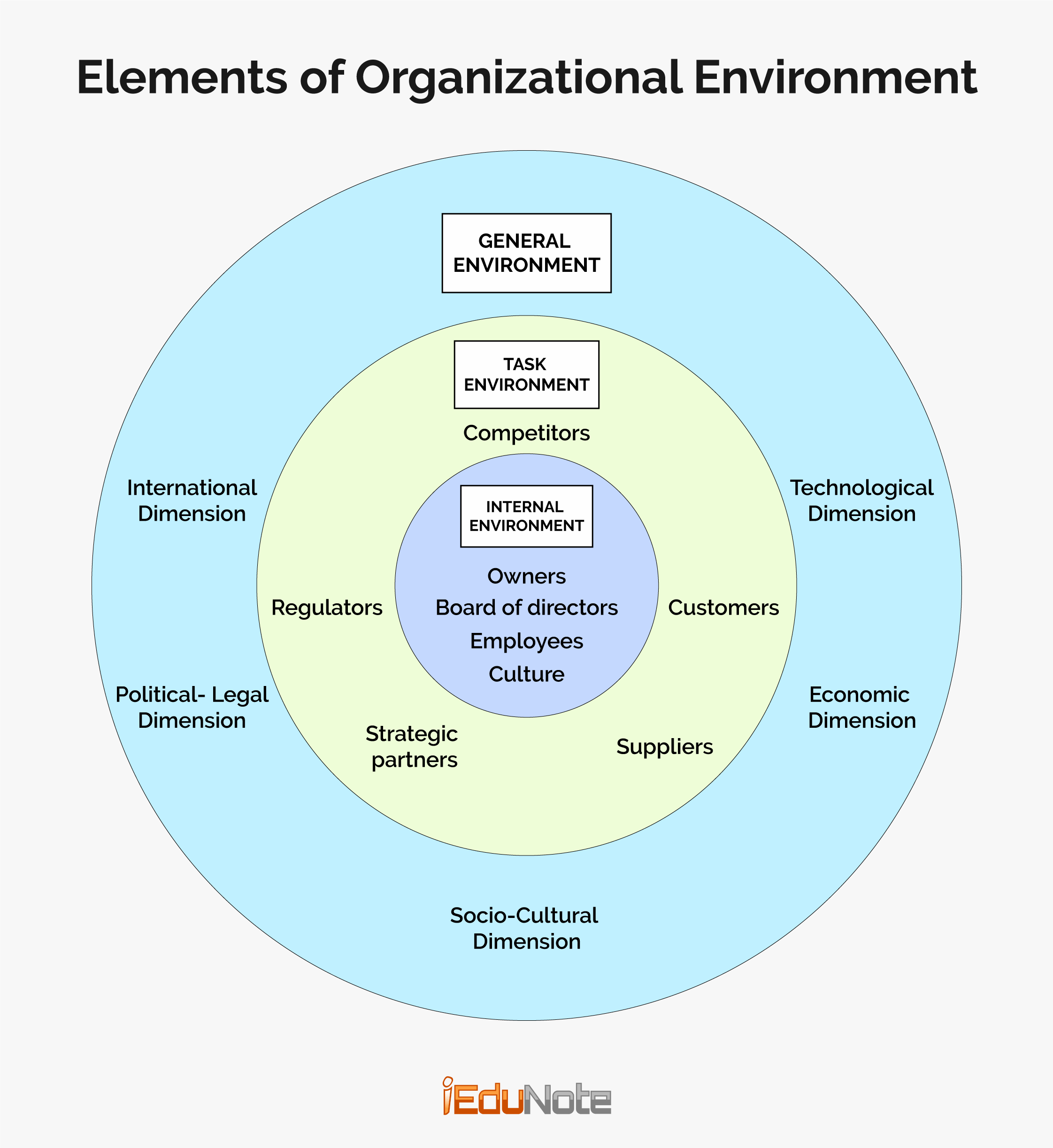A joint venture is a new organization established by two or more organizations. It is an agreement where two or more firms hold equity capital in a venture.
What is Joint Venture Strategy?
Joint ventures exist when two or more firms mutually decide to create a new firm (with a new name and legal status) in collaboration/ partnership specified the purpose.
In this venture, all the partner firms have some degree of control. The equity arrangement between independent enterprises results in the creation of a new organizational entity.
This means that the sponsoring organizations form separate organizations and have shared ownership in the newly-created organization. The partner companies own the newly created firm. To form a joint venture, at least two firms must agree to establish a new firm jointly.
A joint venture is preferred when two or more firms lack the necessary components for success in a new business.
Many companies like joint ventures to overcome resource constraints and/or take advantage of the distinctive competencies of the partner companies.
In many countries like India, the government makes it mandatory for foreign companies to do business on a joint ownership basis.
This is done to reduce the threat of foreign domination and enhance local businesses’ skills, employment, growth, and profits.
Joint venture acquisition involves the creation of a new firm (or new venture) jointly by two or more companies. The companies that join together to form a joint venture are called partner companies (or simply partners). The new company, the joint venture, is owned by the partners.
Some companies use a joint venture as a vehicle to enter into a new business area. The major purpose of a joint venture is to enable both partner companies to share the risks and costs involved in a new venture.
A company with ‘some of the skills and assets for establishing a new business firm can join another company with ‘complementary skills and assets to build up the new business.
Joint ventures can be legally dissolved. Joint Ventures are useful to gain access to a new business or a new market in the following situations:
- When a singular organization cannot muster all the resources.
- Sharing among organizations reduces risks.
- When two different organizations have complementary resources.
- The venture entity can eliminate/ reduce competition.
- When expansion in a new market is possible, leading to a dominant position.
When environmental, government, and/or regulatory restrictions make it difficult for either firm to exploit the opportunity.
Joint ventures are possible within industry, across industries within organizations belonging to two different countries, or even among countries. Joint ventures are a favored way to enter new markets.
For example, foreign companies may have joint ventures with Afghanistan organizations to develop infrastructure.
The foreign company brings the capital and expertise, whereas the Afghan company brings the local knowledge and logistical support to the joint venture. The arrangement is mutually beneficial.
Joint ventures have been the preferred way for companies to enter the Indian and Chinese markets. The joint venture entity may also create jobs in a foreign country.
Advantages of Joint Venture
- It allows the partners to share the risks and costs of building a new business.
- It creates an opportunity to combine the skills and assets of partner companies necessary to establish a successful new venture.
- It enables the partners to pursue opportunities that are somewhat peripheral to the strategic interests of the partners.
- It can be a useful way to gain access to a new business which is very complex and uneconomical for a single company to pursue alone.
- It is a formidable way to enter into a foreign market when a market entry is restricted by a government joint venture with a local partner in a foreign country is helpful to overcome tariff barriers and import quotas.
- An international joint venture is a fruitful means of strengthening a company’s competitiveness in the world market.
- Both local and international joint venture helps facilitate joint research efforts, technology sharing, pint use of production facilities, marketing one another’s products, and joining forces to produce components or assemble finished products.
Situations Suitable for Joint Venture
The following situations are suitable for a joint venture.
- All the situations are suitable for strategic partnerships.
- Business activity is pursuing an opportunity that is complex or risky. If any business opportunity seems very complex or risky, or even uneconomical for a single firm, a joint venture is an excellent way to undertake that opportunity.
- A situation where pursuing an opportunity requires unique competencies. Many business opportunities require unique competencies of a broader range of know-how. When a firm does not have such competencies or knowhow, it can go for a joint venture with another firm having the same. Thus, they can jointly pool the resources and competencies to pursue business opportunities.
- Where entry to a foreign market needs a local foreign partner, it may be difficult for multinational companies to enter for business purposes in some countries. The difficulty in entry may arise from restrictions by the government or local culture and socio-political situations. In such a situation, a firm must secure a local partner to gain entry into the desired local market.
Difficulties with Joint Venture
A joint venture strategy offers many opportunities, no doubt.
But it is not without drawbacks. Let us highlight some of the major difficulties with this strategy;
- Complications arise in dividing the share of control between the partners. The partners in a joint venture may have controversies over the role each would play in the organization and the extent of control in the organizational affairs.
- The partner companies run the risk of giving technical know-how away to their counterparts. Any partner may capitalize on that know-how to compete directly with the other partner.
- Conflict over how to run a joint venture can tear it apart and result in business failure.
- In the case of an international joint venture, conflicts may arise over the use of local resources, local technology, local employees, compliance with local standards and policies, export volume, operating procedures, use of intellectual property and technology, use of foreign partner’s technology by a local partner, etc.
- Disputes may stem when foreign partners start neglecting the local partner after the foreign partner has overcome the difficulties. In that case, foreign partners may consider the local partners’ assistance unnecessary. Foreign partners may even think of dissolving the joint venture.
- Local partners may start their businesses by seceding their relationship with the joint venture when they can master the technology and develop competitive skills. They may launch their products under separate brand names by capitalizing on their acquired know-how.
- The joint venture firm may begin to compete more with one of the partners than the other when all partners are in a similar business.
- Problems may arise when the sponsoring firms do not equally support the joint venture.
Although the partnering companies may not have problems, they may face problems due to customer complaints about poorer service or other issues.
Conclusion
A joint venture can be local or international. A local joint venture is usually created by two or more local companies within the same country.
We have thus far discussed the entry strategies for a single business company that intends to diversify its present business.
A single-business company may follow any one or all of these strategies to diversify its current business. Once a single-business enterprise has entered into a new business by adopting any of the above strategies, it has turned itself into a diversified company.
We now discuss the post-diversification strategies and the strategic analysis and choice at the corporate level.
A diversified company follows post-diversification strategies. Diversified-companies need to follow one or a combination of these post-diversification strategies to improve their performance and market position.

